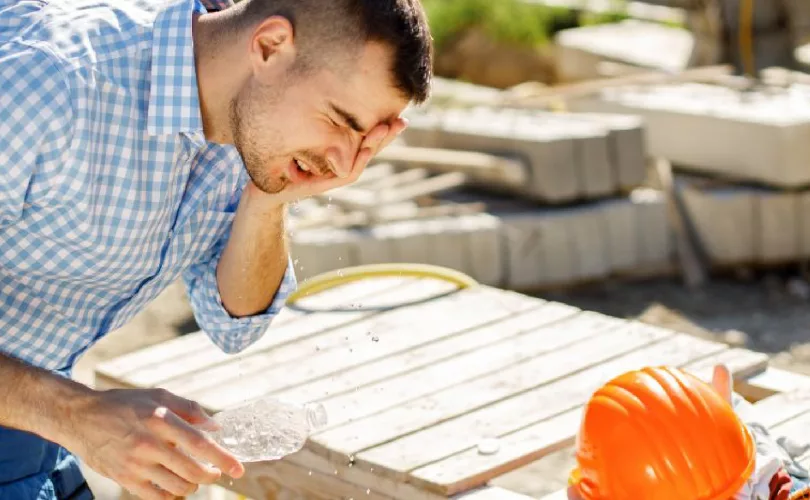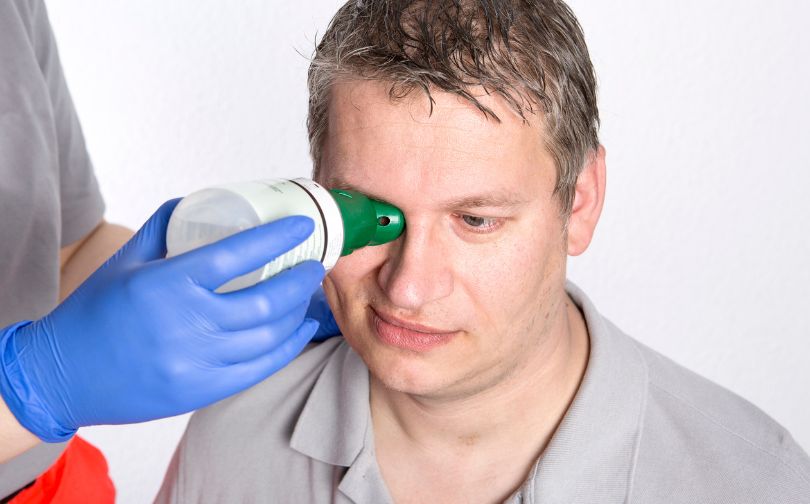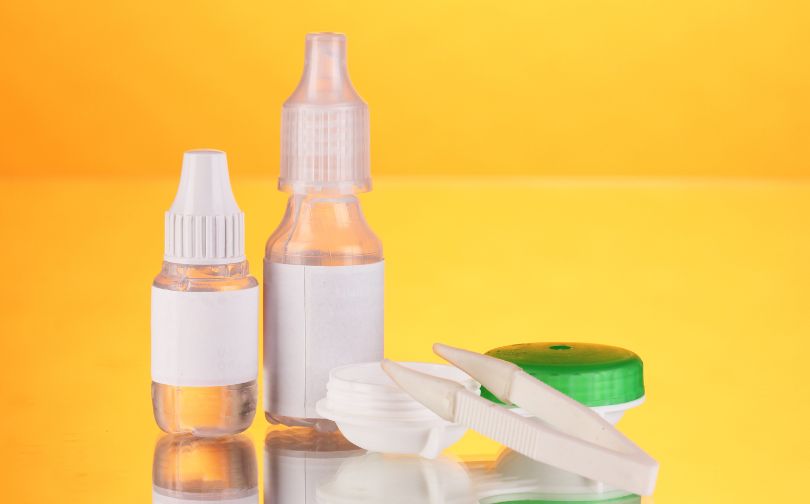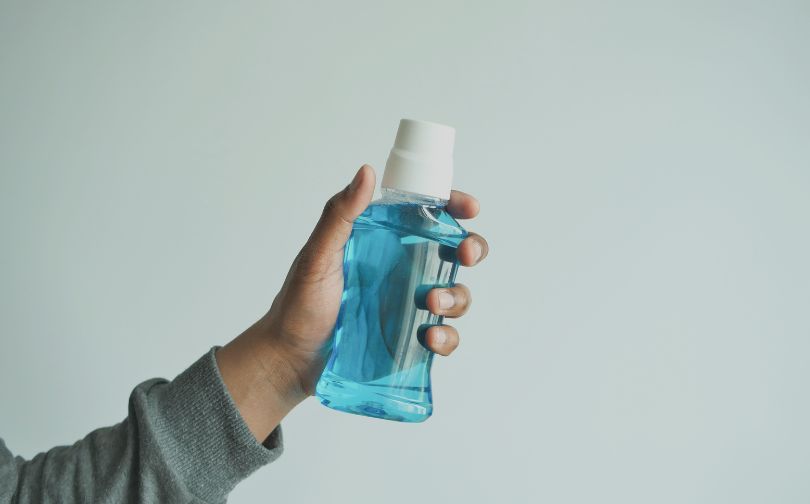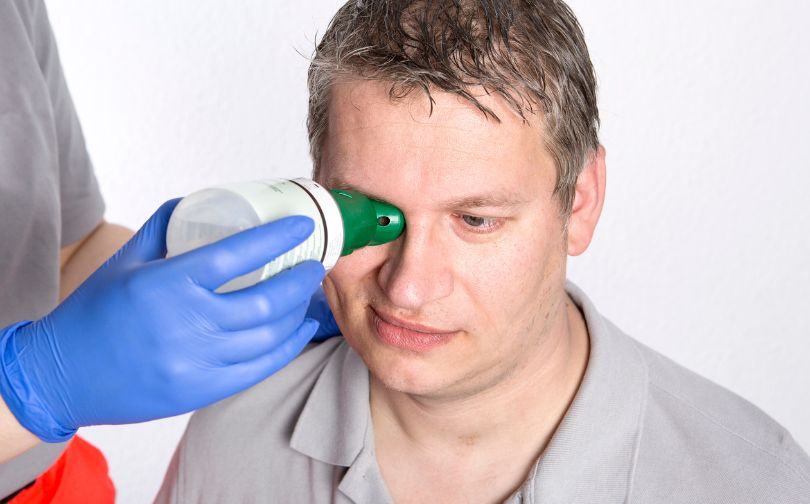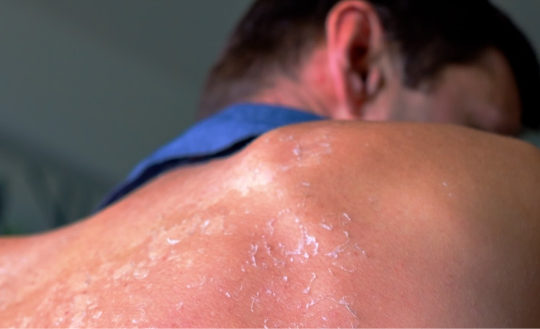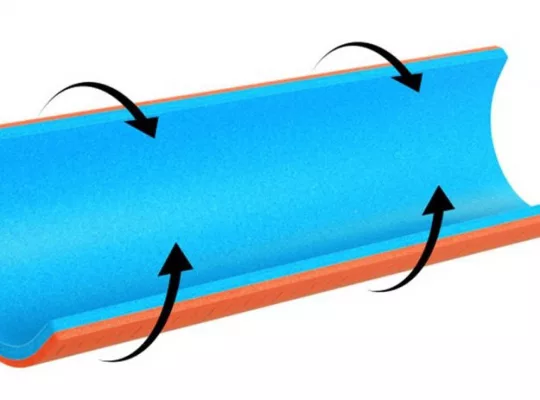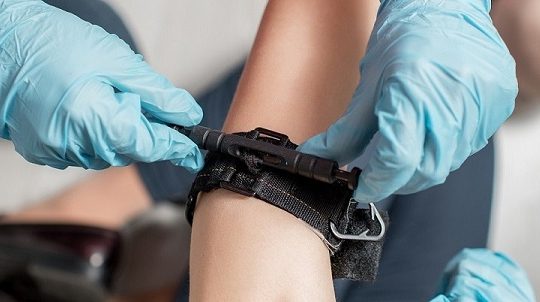A surprising fact is that even minor eye exposure to harmful substances can lead to long-term complications if left untreated. Many individuals either lack knowledge about using emergency eye wash or hesitate during critical moments, which can worsen the situation.
What Is Eye Wash Used For?
You must make sure that you take good care of your eyes. To do this, you should make sure that you use goggles or glasses safely for any activity that has the potential to damage your eyes.
Any activity that causes particles to fly in the air can cause a potential risk to your eyes. Things like DIY or construction will require eye protection.
If a situation occurs that means that something manages to get into your eye, you may need to use an emergency eyewash.
They provide quick and effective pain relief while also reducing the likelihood of any further damage happening to your eye.
When Should I Use An Eye Wash?
There are a few occasions where using an eyewash may be necessary. In situations where you get something in your eyes, an eye wash is suitable. For instance, if you get sand in your eyes, this is a great time to use eye wash.
Eyewash should also be used if your eyes are feeling itchy and irritated. If the discomfort continues, then you will need to seek medical attention.
What Can I Use To Wash My Eyes?
If your eye has been contaminated, using an eye wash or water on your eye will work to flush out your eye until the object contaminating the eye has been removed.
You shouldn’t add any other chemicals to the eye wash, as this can cause more damage to your eyes.
If your eye is contaminated with chemicals, you should check the packaging for instructions on what to do when this occurs.
In most cases, you will need to use water or an eye wash to wash your eye out for at least 15 minutes. If you are still experiencing pain or discomfort, contact a healthcare professional for further guidance.
Before you wash your eyes, you need to ensure that you remove any contact lenses.
Is Eye Wash Just Water?
In most cases, water will be sufficient to wash out your eyes. However, some eye washes contain a saline solution which sometimes contains some Sodium Chloride.
This will work to flush out any contaminants that may be in your eye and it can be used in place of water.
Some eye washes are specifically for eyes that have been contaminated by chemicals. In this case, the eye’s pH will return to normal levels more quickly which will reduce any permanent damage to the eyes.
Is Saline Solution Safe For Your Eyes?
Store-bought eye washes that contain saline are safe to use as long as you follow the instructions given. These eye washes are designed to be sterile.
In some cases, your doctor may recommend an eye wash solution to you. It is always a good idea to listen to the doctor’s instructions in these instances!
Before you use one of these solutions you should make sure that they are sealed when you go to use them. This will mean that they are contaminant free.
To ensure that these products are safe you need to make sure that your hands are clean. Read all of the labels and use the products correctly to avoid any issues.
Ensure that you discard any expired eye wash or eye drops as this can cause damage to your eyes.
Is Homemade Eye Wash Safe?
You should not make your eye wash solutions at home. When you buy these solutions in-store, they are designed to be sterile and will not contain any harmful bacteria.
Making eye wash at home poses an unnecessary risk to your eye health, so they should be avoided. If you don’t have any eye wash in, then you can try using water.
In most cases, stick to doctor-prescribed or store-bought eyewash solutions!
Where Can You Find Eye Wash?
In the home, it is a good idea to keep your eyewash where it is most likely to be needed. If you are carrying out any DIY in the garden shed, then this will be a great place to leave the eye wash.
It is also a good idea to keep eye wash solution in the bathroom cabinet, or wherever you keep your medicine. Here, it can be accessed quickly and easily in an emergency.
If you work somewhere where eye care is part of the company’s risk assessment, they are required to keep eye wash on site. In this case, you will usually be informed of where to locate the eye wash.
How Should You Treat Contaminated Eyes?
If your eyes have been contaminated with dust, dirt, or other particles, you should follow the below steps to treat this.
- Remove any contact lenses
- Sit down and lean slightly backward, leaning toward the side of the contaminated eye
- Hold the eye open gently using your thumb and index finger
- Check for any foreign bodies on the surface of the eye (you may need to get someone to help you with this step)
- Begin irrigating the eye using an eyewash
If you are using a sterile eye wash to clean out your eye, check that the bottle is sealed and that the product is within the expiry date.
You should ensure that you throw away any eye wash that is past its expiry date as using expired eye wash can cause permanent eye damage.
How To Use Eye Wash
To use eye wash, you will need to ensure that you have tilted your head back. Then pour eye wash over the eye to ensure that the water runs away from your other eye that is not affected.
Some eye washes will contain a special fitting that allows them to fit securely around the eye.
You should continue to do this until all of the contamination in the eye has been removed. If your eye has been contaminated with chemicals, continue using the eye wash for 15 minutes.
After you have done this, you should cover the eye using an eye pad. If necessary, seek medical attention to ensure that no damage has been done to the eye.
How can you use an Emergency Eye Wash Station?
An emergency eye wash station is crucial for rinsing out hazardous substances that come into contact with the eyes. Knowing how to use it properly can prevent serious injuries. Here are the steps to follow in the event of an eye emergency.
- Locate the station quickly: It’s important to know where the nearest eye wash station is located before an accident occurs. It should be within a 10-second travel distance from areas where hazardous materials are used. This ensures you can reach the station promptly in case of an emergency.
- Activate the station: Emergency eye wash stations typically have a hands-free activation mechanism, such as a foot pedal or push handle. Activating it ensures the water flow begins immediately, allowing you to focus on holding your eyes open rather than operating the station.
- Position yourself correctly: Bend over the station so that your eyes are directly over the nozzles. This ensures that the water can directly reach both eyes. Positioning yourself properly helps make the flushing process more effective.
- Flush your eyes: Keep your eyes wide open, allowing the water to flow over them thoroughly. If needed, use your fingers to hold your eyelids open to ensure both eyes are fully rinsed. This helps remove any harmful substances more effectively.
- Flush for the recommended time: It’s essential to flush your eyes for at least 15 minutes. This duration ensures that any contaminants are thoroughly rinsed away, reducing the risk of further injury or irritation.
- Seek medical attention: Even after flushing your eyes, it is important to seek professional medical help. Some substances may continue to cause harm, so getting checked by a healthcare provider ensures you receive the proper treatment.
Final Thoughts
So, there you have it! You should now have all the information you need on using an emergency eye wash if you get something in your eye!
In this detailed first aid guide, you should find all the answers you need about emergency eye wash.
FAQs
How Long Should You Flush Your Eyes at an Eyewash Station?
You should flush your eyes for a minimum of 15 minutes. This ensures that harmful substances are thoroughly rinsed away, reducing the risk of eye damage and promoting proper healing after exposure to chemicals or irritants.
Should Contact Lenses Be Removed During the Flushing Process?
Yes, contact lenses should be removed as soon as possible during flushing. Lenses can trap chemicals against the surface of the eye, worsening potential damage and hindering the effectiveness of the eyewash process.
Can Eyewash Stations Use Distilled Water?
Yes, some eyewash stations use distilled or sterile water solutions. These prevent bacterial contamination and maintain a sterile environment for flushing the eyes, ensuring that no additional irritants are introduced during the rinsing process.
Where Should Emergency Eyewash Stations Be Located?
Emergency eyewash stations should be located within a 10-second walking distance from hazardous work areas. This placement ensures quick and easy access during an emergency, minimizing the time between exposure and eye flushing.

